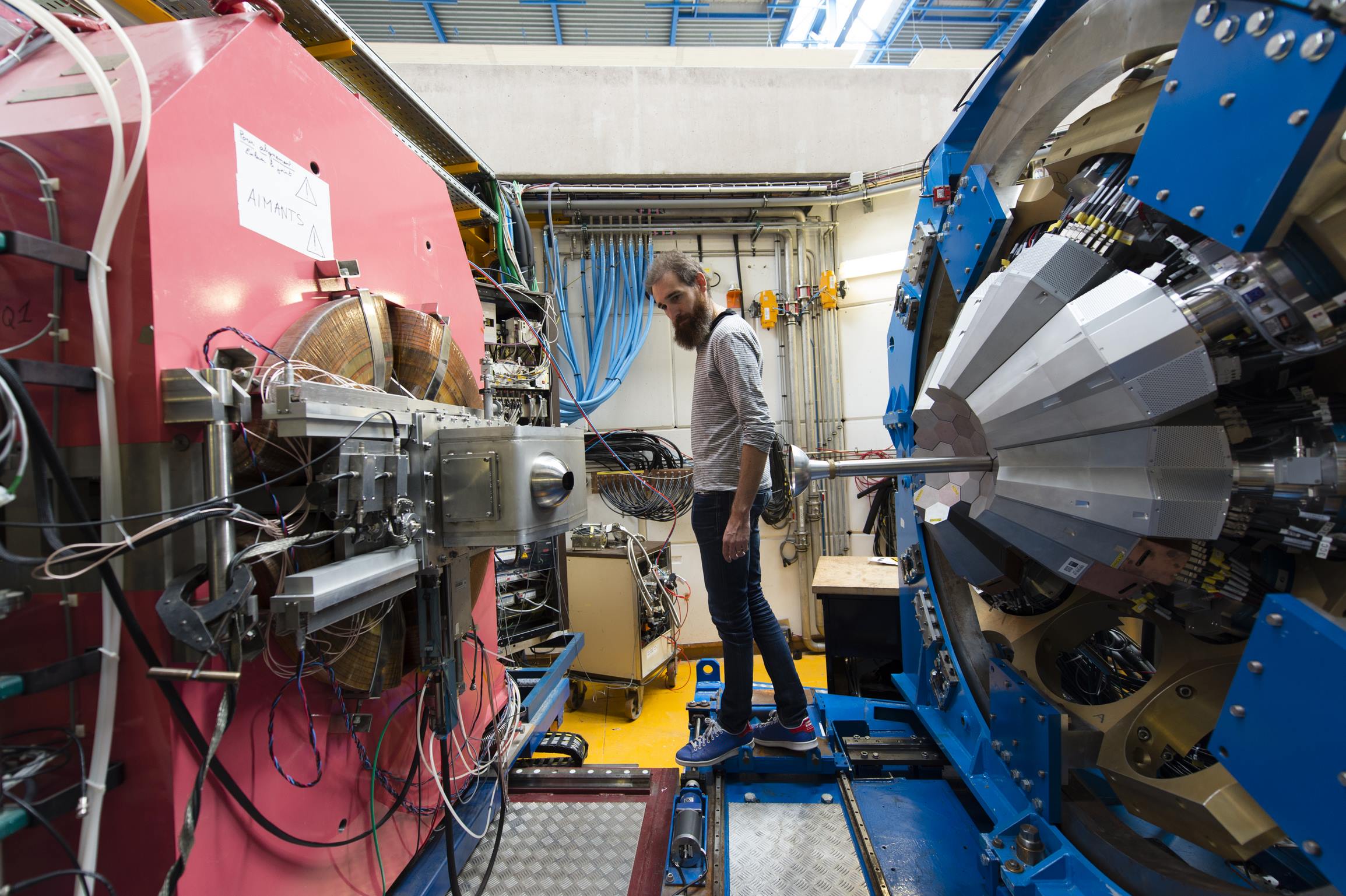
The complexity of the atomic nucleus reflects a multi-component character of the « nuclear force » that holds protons and neutrons together. Proper separation and characterization of each of these components represents a challenge for both theoretical and experimental nuclear structure studies. The tin isotopes (nuclei with Z=50 protons and a number of neutrons depending on the isotope) provide ideal opportunities to study the competition between two of the nuclear force components: the so-called pairing, related to the marked tendency of protons and neutrons to form pairs in the nuclear matter, and the so-called quadrupole interaction term, describing the natural susceptibility of nuclei to adopt deformed shapes. Though of a different nature, these two interaction terms contribute to the goal of achieving an optimum organization of nucleons in the atomic nucleus that will minimize its energy. Previous works have demonstrated that a shift of balance between these two components takes place when approaching tin-100, and this observation provided important constraints for theoretical descriptions of this so-called “doubly-magic” nucleus. Having the same numbers of protons and neutrons (Z=N=50), 100Sn is a key nucleus to validate model descriptions of exotic nuclei.
The 2020 edition of the Large Hadron Collider Physics Conference (LHCP) took place from 25 to 30 May 2020. Due to the COVID-19 pandemic, the conference, originally planned to be hosted in Paris, was held entirely online. The ALICE collaboration presented new results showing how charmed particles - those containing quarks, the elementary components of matter, known as c - can act as "messengers" for the plasma of quarks and gluons, which is believed to have existed in the primordial Universe and can be recreated during heavy ion collisions in the Large Hadron Collider (LHC). By studying the charmed particles, scientists can learn more about hadrons, particles in which quarks are bound together by gluons, and about quark-gluon plasma, a state of matter in which quarks and gluons are not confined within hadrons. These new results are the result of an analysis conducted as part of a thesis currently underway at the DPhN.
